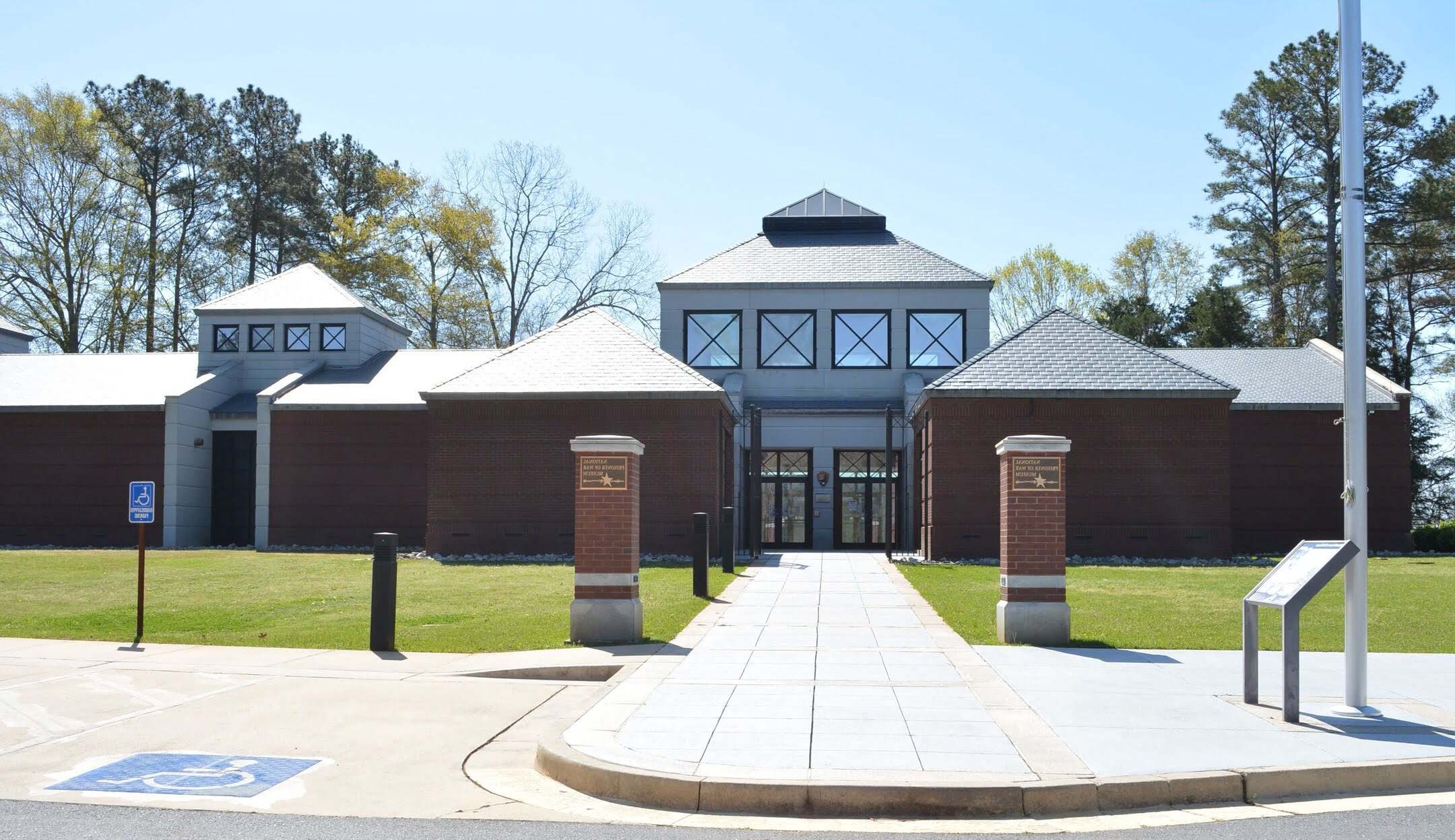Andersonville National Historic Site – Georgia’s Civil War Prison Camp

Andersonville National Historic Site in Georgia offers a glimpse into a dark chapter of American history. This site served as a Confederate prison camp during the Civil War, holding thousands of Union soldiers under dire conditions. Visiting Andersonville, you can walk through the remnants of the prison, see the National Prisoner of War Museum, and pay respects at the Andersonville National Cemetery. The stories of survival and hardship here are both haunting and educational. Whether you're a history buff or just curious, this place provides a powerful reminder of the past. Ready to step back in time and learn more?
Andersonville National Historic Site: A Glimpse into History
Andersonville National Historic Site in Georgia offers a poignant look into the past. This site, once a Civil War prison camp, now stands as a memorial to those who endured unimaginable hardships. Here are some must-see spots within the historic site.
The National Prisoner of War Museum
The National Prisoner of War Museum serves as the gateway to understanding the experiences of prisoners of war throughout American history. This museum is a treasure trove of artifacts, personal stories, and exhibits.
Exhibit Halls: These halls feature displays on the lives of POWs from the Revolutionary War to the present day. Each exhibit provides a unique perspective on the struggles and resilience of these individuals.
Theater: The museum's theater shows a short film that gives an overview of the history of Andersonville and the experiences of POWs. It's a great starting point for your visit.
Interactive Displays: Engage with interactive exhibits that allow you to experience the challenges faced by POWs. These displays offer a hands-on way to learn about history.
Andersonville Prison Site
The Andersonville Prison Site, also known as Camp Sumter, was one of the largest Confederate military prisons during the Civil War. Walking through this area offers a sobering reminder of the past.
North Gate: The reconstructed North Gate marks the entrance to the prison. Imagine the thousands of Union soldiers who passed through this gate, entering a world of uncertainty.
Providence Spring: This natural spring provided a crucial water source for prisoners. Legend has it that the spring appeared miraculously during a drought, offering hope to the suffering inmates.
Reconstructed Stockade: The stockade walls have been partially reconstructed to give visitors a sense of the prison's scale. Standing next to these walls, you can almost hear the echoes of history.
Andersonville National Cemetery
The Andersonville National Cemetery is a place of reflection and remembrance. It serves as the final resting place for many who perished at the prison camp.
Grave Markers: Rows upon rows of white headstones mark the graves of Union soldiers who died at Andersonville. Each marker tells a story of sacrifice and loss.
Monuments: Various monuments throughout the cemetery honor the memory of those who suffered and died. These monuments are a testament to the enduring legacy of the prisoners.
Memorial Day Avenue: This avenue is lined with flags and leads to the rostrum, where Memorial Day ceremonies are held. It's a place to pay your respects and reflect on the cost of freedom.
The Wirtz House
The Wirtz House, named after the prison's commandant, Captain Henry Wirz, offers a glimpse into the life of those who ran the prison.
Historical Exhibits: Inside the Wirtz House, you'll find exhibits detailing the daily operations of the prison and the life of Captain Wirz. It's a fascinating look at the other side of the story.
Artifacts: The house contains various artifacts from the Civil War era, providing a tangible connection to the past. Each item has its own story to tell.
The Andersonville Trail
The Andersonville Trail is a self-guided tour that takes you through the key areas of the historic site. It's a great way to explore at your own pace.
Trail Markers: Along the trail, markers provide information about significant locations and events. These markers help you understand the context of what you're seeing.
Scenic Views: The trail offers beautiful views of the surrounding landscape. It's a peaceful way to reflect on the history and significance of Andersonville.
Educational Panels: Throughout the trail, educational panels provide deeper insights into the history of the site. These panels are perfect for those who want to learn more as they explore.
Reflecting on Andersonville's Legacy
Andersonville National Historic Site offers a powerful glimpse into a dark chapter of American history. Visiting this site, you can walk through the prison camp, see the National Prisoner of War Museum, and pay respects at the Andersonville National Cemetery. Each part of the site tells a story of sacrifice, resilience, and the harsh realities of war.
Exploring Andersonville helps us understand the struggles faced by Civil War prisoners and the importance of remembering their experiences. This site stands as a reminder of the past and a call to honor those who endured unimaginable hardships. Whether you're a history buff or just curious, Andersonville provides a meaningful experience that stays with you long after you leave.
Plan your visit to Andersonville National Historic Site to connect with history and reflect on the enduring human spirit.

